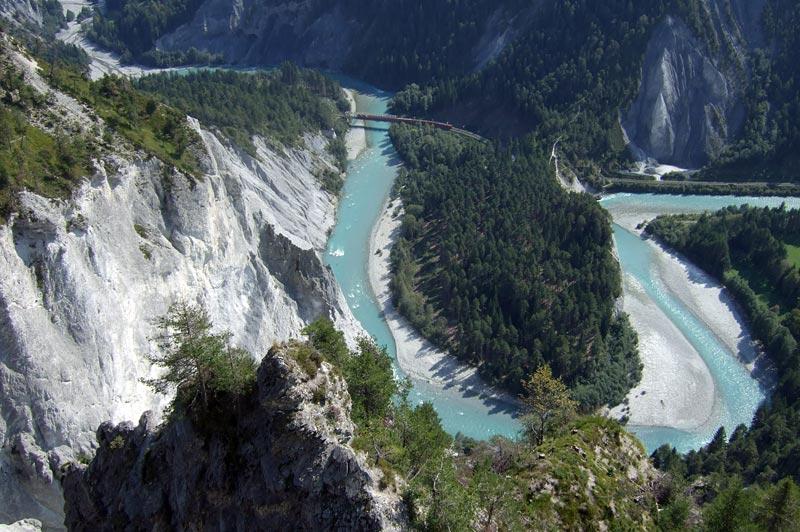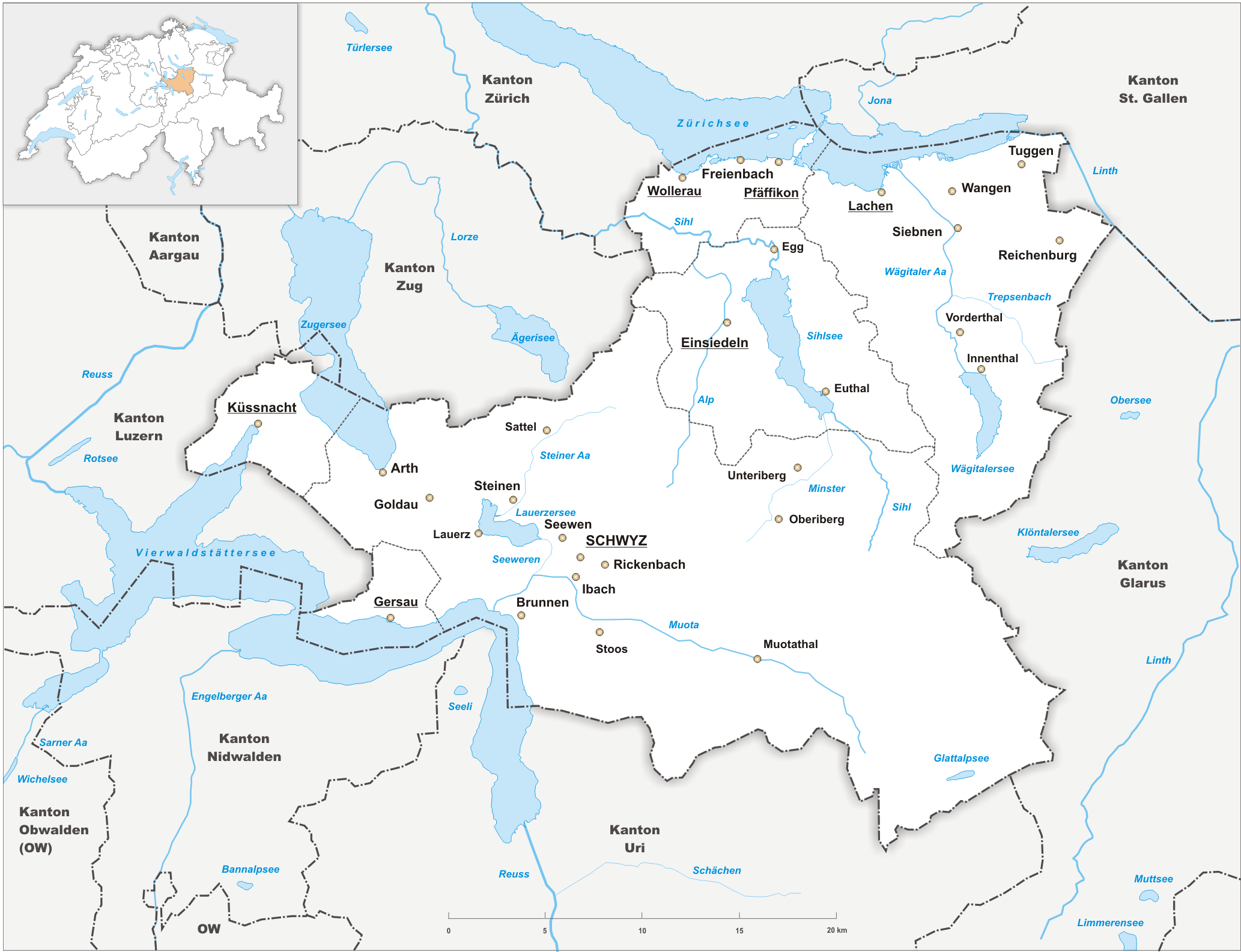|
Höhronen
The Höhronen (1,229 m) is a mountain of the Swiss Prealps, located on the border between the Swiss cantons of Zurich and Zug. It lies approximately halfway between Lake Zurich and Lake Ägeri. West of a secondary summit named ''Wildspitz'' (1,205 m) is located the tripoint between the cantons of Zurich, Zug and Schwyz Schwyz (; ; ) is a town and the capital of the canton of Schwyz in Switzerland. The Federal Charter of 1291 or ''Bundesbrief'', the charter that eventually led to the foundation of Switzerland, can be seen at the ''Bundesbriefmuseum''. The of .... The tripoint, located at a height of 1,186 metres, is marked by a stone named ''Dreiländerstein''. References External links *Höhronen on Hikr Mountains of the canton of Zug Mountains of the canton of Zürich Mountains of the Alps Mountains of Switzerland One-thousanders of Switzerland Zug–Zürich border {{Zürich-mountain-stub ... [...More Info...] [...Related Items...] OR: [Wikipedia] [Google] [Baidu] |
Canton Of Zug
The canton of Zug or canton of Zoug (, Standard German: , Alemannic German: ; ; ; ) is one of the 26 cantons of Switzerland. It is located in central Switzerland and its Capital (political), capital is Zug. At the canton is one of the smallest of the Swiss cantons in terms of area. It is not subdivided into districts, but eleven municipalities. History The first trace of a settlement in the canton dates from approximately 14,000 BC, with additional finds from the Paleolithic (12,400-9250 BC) and the Mesolithic (9250-5500 BC). During the Neolithic (5500-2200 BC) and the Bronze Age (2200-850 BC) about 50 different stilt house villages were built in 33 locations around Lake Zug. Some of these sites are part of the UNESCO World Heritage Site Prehistoric pile dwellings around the Alps. Prehistoric sites around the lake and throughout the canton include examples from the Neolithic Egolzwiler, Cortaillod culture, Cortaillod, Pfyn culture, Pfyn and Horgen culture, Horgen cultures. Tr ... [...More Info...] [...Related Items...] OR: [Wikipedia] [Google] [Baidu] |
Swisstopo
Swisstopo is the official name for the Swiss Federal Office of Topography, Switzerland's national mapping agency. The current name was made official in 2002. It had been used as the domain name for the homepage of the instituteswisstopo.admin.ch since 1997. Maps The main class of products produced by Swisstopo are topographical maps on seven different Scale (map), scales. Swiss maps have been praised for their accuracy and quality. Regular maps * 1:25.000. This is the most detailed map, useful for many purposes. Those are popular with tourists, especially for famous areas like Zermatt and St. Moritz. These maps cost CHF 13.50 each (2004). 208 maps on this scale are published at regular intervals. The first map published on this scale was ''1125 Chasseral'', in 1952. The last map published on this scale was ''1292 Maggia'', in 1972. Since 1956, composites have been published, starting with ''2501 St. Gallen''. They have the same information, but consist of several parts of re ... [...More Info...] [...Related Items...] OR: [Wikipedia] [Google] [Baidu] |
Morgartenberg
The Morgartenberg (1,244 m) is a mountain of the Schwyzer Alps, located west of Rothenthurm in the canton of Schwyz and overlooking Lake Ägeri on its west side. The border with the canton of Zug Zug (Standard German: , Alemannic German: ; ; ; ; )Named in the 16th century. is the largest List of cities in Switzerland, town and capital of the Swiss canton of Zug. Zug is renowned as a hub for some of the wealthiest individuals in the wor ... runs west of the mountains. References External linksMorgartenberg on Hikr Mountains of the canton of Schwyz Mountains of the Alps Mountains of Switzerland {{Schwyz-geo-stub ... [...More Info...] [...Related Items...] OR: [Wikipedia] [Google] [Baidu] |
Canton Of Zurich
The canton of Zurich is an administrative unit (Swiss canton, canton) of Switzerland, situated in the northeastern part of the country. With a population of (as of ), it is the most populous canton of Switzerland. Zurich is the ''de facto'' Capital city, capital of the canton, but is not specifically mentioned in the constitution. The Languages of Switzerland, official language is German language, German. The local Swiss German dialect, called ''Züritüütsch'', is commonly spoken. The canton has the highest Human Development Index score (0.994) List of subnational entities with the highest and lowest Human Development Index#Regions with the highest and lowest HDI, out of 1,790 subnational regions as of 2022. It is also a global Financial centre, financial center and has the List of Swiss cantons by GRP, fourth-highest GRP in Switzerland behind Basel-Stadt, Canton of Zug, Zug and Geneva canton, Geneva by GDP per capita. History Early history The prehistoric pile dwellings ... [...More Info...] [...Related Items...] OR: [Wikipedia] [Google] [Baidu] |
Switzerland
Switzerland, officially the Swiss Confederation, is a landlocked country located in west-central Europe. It is bordered by Italy to the south, France to the west, Germany to the north, and Austria and Liechtenstein to the east. Switzerland is geographically divided among the Swiss Plateau, the Swiss Alps, Alps and the Jura Mountains, Jura; the Alps occupy the greater part of the territory, whereas most of the country's Demographics of Switzerland, 9 million people are concentrated on the plateau, which hosts List of cities in Switzerland, its largest cities and economic centres, including Zurich, Geneva, and Lausanne. Switzerland is a federal republic composed of Cantons of Switzerland, 26 cantons, with federal authorities based in Bern. It has four main linguistic and cultural regions: German, French, Italian and Romansh language, Romansh. Although most Swiss are German-speaking, national identity is fairly cohesive, being rooted in a common historical background, shared ... [...More Info...] [...Related Items...] OR: [Wikipedia] [Google] [Baidu] |
Schwyzer Alps
The Schwyz Alps () are a mountain range in Switzerland. They form part of the North-Eastern Swiss Alps and are bordered by the Glarus Alps to the east, the Appenzell Alps to the north-east, the Emmental Alps in the west, and the Uri Alps to the south-west. The Klausen Pass is the highest point between the Schwyz Alps and the Glarus Alps. The Schwyzer Alps extend beyond the boundaries of the canton of Schwyz, including parts of the cantons of Glarus, Luzern, Uri and Zug. The highest point in the Schwyzer Alps is the Glärnisch, at an elevation of , which actually lies within the canton of Glarus. Just south of the Glärnisch is the Bös Fulen, the highest point in the canton of Schwyz. Geography Principal summits The principal summits of the Schwyzer Alps are: See also *Swiss Alps The Alps, Alpine region of Switzerland, conventionally referred to as the Swiss Alps, represents a major natural feature of the country and is, along with the Swiss Plateau and the Swiss porti ... [...More Info...] [...Related Items...] OR: [Wikipedia] [Google] [Baidu] |
Mountain
A mountain is an elevated portion of the Earth's crust, generally with steep sides that show significant exposed bedrock. Although definitions vary, a mountain may differ from a plateau in having a limited summit area, and is usually higher than a hill, typically rising at least above the surrounding land. A few mountains are inselberg, isolated summits, but most occur in mountain ranges. mountain formation, Mountains are formed through tectonic plate, tectonic forces, erosion, or volcanism, which act on time scales of up to tens of millions of years. Once mountain building ceases, mountains are slowly leveled through the action of weathering, through Slump (geology), slumping and other forms of mass wasting, as well as through erosion by rivers and glaciers. High elevations on mountains produce Alpine climate, colder climates than at sea level at similar latitude. These colder climates strongly affect the Montane ecosystems, ecosystems of mountains: different elevations hav ... [...More Info...] [...Related Items...] OR: [Wikipedia] [Google] [Baidu] |
Swiss Prealps
The Alpine region of Switzerland, conventionally referred to as the Swiss Alps, represents a major natural feature of the country and is, along with the Swiss Plateau and the Swiss portion of the Jura Mountains, one of its three main physiographic regions. The Swiss Alps extend over both the Western Alps and the Eastern Alps, encompassing an area sometimes called Central Alps. While the northern ranges from the Bernese Alps to the Appenzell Alps are entirely in Switzerland, the southern ranges from the Mont Blanc massif to the Bernina massif are shared with other countries such as France, Italy, Austria and Liechtenstein. The Swiss Alps comprise almost all the highest mountains of the Alps, such as Dufourspitze (4,634 m), the Dom (4,545 m), the Liskamm (4,527 m), the Weisshorn (4,506 m) and the Matterhorn (4,478 m). The other following major summits can be found in this list of mountains of Switzerland. Since the Middle Ages, transit across the Alps played an important role ... [...More Info...] [...Related Items...] OR: [Wikipedia] [Google] [Baidu] |
Lake Zurich
Lake Zurich (, ; ) is a lake in Switzerland, extending southeast of the city of Zurich. Depending on the context, Lake Zurich or can be used to describe the lake as a whole, or just that part of the lake downstream of the Hurden peninsula and Seedamm causeway (between Pfäffikon and Rapperswil). In the latter case, the upstream part of the lake is called '' Obersee'' (), while the lower part is sometimes also referred to as the Lower Lake (), respectively. Geography Lake Zurich is a glacial lake that was formed by the . Its main tributary is the River Linth, which rises in the glaciers of the Glarus Alps. The Linth originally flew directly into Lake Zurich, but was later diverted by the Escher canal (completed in 1811) into Lake Walen () from where its waters are now carried to the east end of Lake Zurich (near Schmerikon) by means of the straightened Linth canal (completed in 1816). Until the early 16th century, there was another lake upstream of ''Obersee'', Lake Tug ... [...More Info...] [...Related Items...] OR: [Wikipedia] [Google] [Baidu] |
Ägerisee
__NOTOC__ Ägerisee or Lake Aegeri is a glacial lake in the Canton of Zug, Switzerland. The two municipalities along its shore are Oberägeri and Unterägeri. The main tributary is the ''Hüribach''; the Lorze river drains the Ägerisee. Since 1992 the lake has been used as a water reservoir. The Battle of Morgarten took place in 1315 on the shores of the Ägerisee. Gallery CH-NB - Morgarten - Collection Gugelmann - GS-GUGE-ENGELBRECHT-C-3.tif File:Aegerisee Winter Mostelberg.jpg File:Aegerisee.okt.2017.jpg File:Blick Richtung Süden auf den Ägerisee von Oberägeri, Kanton Zug, Schweiz.jpg File:Wandern am Ägerisee.jpg File:Morgarten am Ägerisee 01.JPG See also * List of lakes of Switzerland External links *Waterlevels at Unterägeri from the Swiss Federal Office for the Environment Lakes of Switzerland Lakes of the canton of Zug Reuss basin, LAgeri Glacial lakes {{Switzerland-lake-stub ... [...More Info...] [...Related Items...] OR: [Wikipedia] [Google] [Baidu] |
Canton Of Schwyz
The canton of Schwyz ( ; ; ; ) is a Cantons of Switzerland, canton in central Switzerland between the Swiss Alps, Alps in the south, Lake Lucerne to the west and Lake Zürich in the north, centred on and named after the town of Schwyz. It is one of the founding cantons of Switzerland; Switzerland's name is derived from the name of the canton, and the flag of Switzerland from its coat of arms. For the history of the name, see Schwyz. The Swiss Federal Charter is on display in Schwyz. Northeast of the town of Schwyz is Einsiedeln Abbey. History Prehistory to the Roman era The earliest traces of humans in Schwyz are from the Upper Paleolithic and Early Mesolithic, or about 12,500 BC. An excavation of the karst caves in the valley of the Muota river (''Muotatal'') revealed numerous sites, some dating to the Younger Dryas period (). The alpine meadows at Bödmeren, Twärenen and Silberen were Stone Age hunter-gatherer camps. Ibex and red deer bones, along with charcoal, indicate tha ... [...More Info...] [...Related Items...] OR: [Wikipedia] [Google] [Baidu] |
Mountains Of The Canton Of Zug
A mountain is an elevated portion of the Earth's crust, generally with steep sides that show significant exposed bedrock. Although definitions vary, a mountain may differ from a plateau in having a limited summit area, and is usually higher than a hill, typically rising at least above the surrounding land. A few mountains are isolated summits, but most occur in mountain ranges. Mountains are formed through tectonic forces, erosion, or volcanism, which act on time scales of up to tens of millions of years. Once mountain building ceases, mountains are slowly leveled through the action of weathering, through slumping and other forms of mass wasting, as well as through erosion by rivers and glaciers. High elevations on mountains produce colder climates than at sea level at similar latitude. These colder climates strongly affect the ecosystems of mountains: different elevations have different plants and animals. Because of the less hospitable terrain and climate, mountains te ... [...More Info...] [...Related Items...] OR: [Wikipedia] [Google] [Baidu] |







